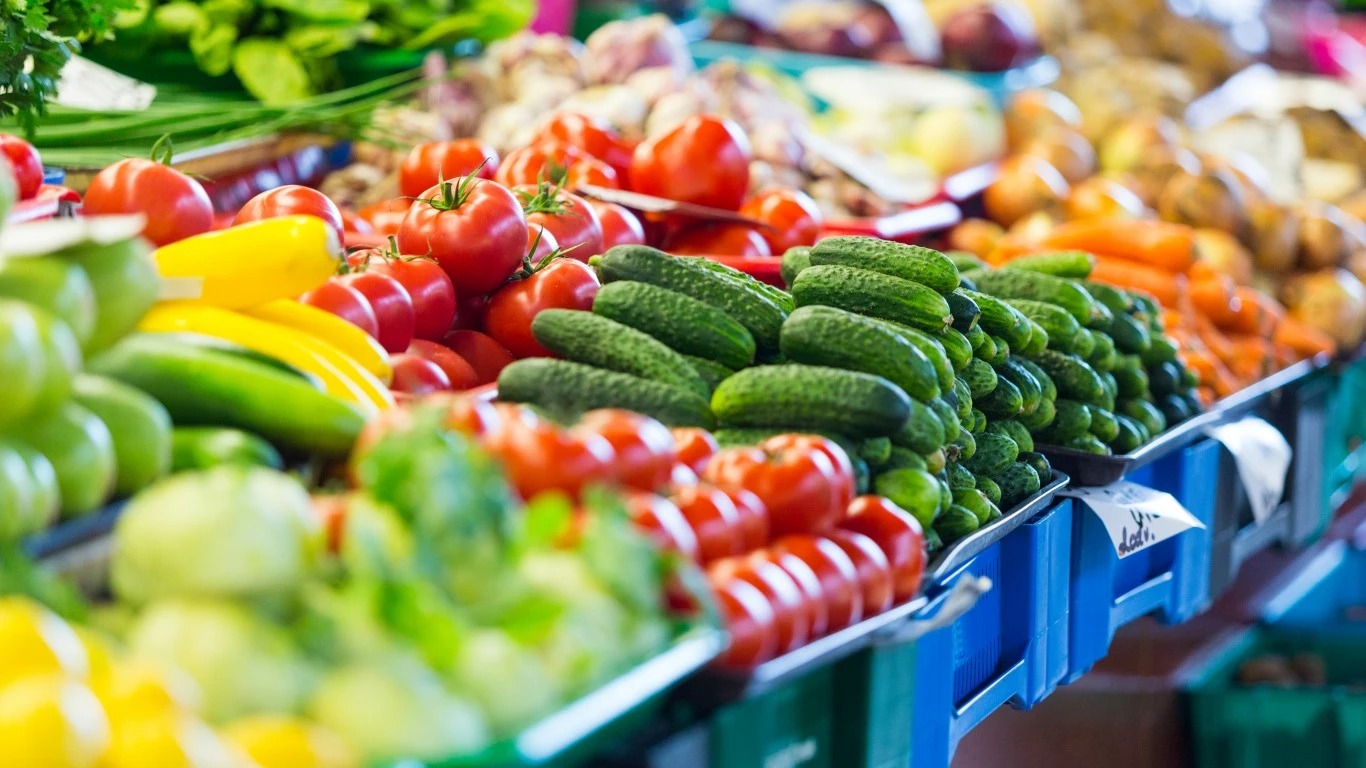
You may want to reconsider eating those fiber-rich strawberries. And maybe think twice before adding two very popular vegetables to your smoothie to make it “green.” Yes, we’re talking about spinach and kale.
Those three items of produce are among nonorganic fruits and vegetables that contain the most pesticides in their nonorganic versions, according to the Environmental Working Group’s 2023 “Dirty Dozen” report. Kale has appeared on the list of contaminated foods since 2019, after not appearing on it for about a decade. (These are 29 healthy eating habits that will change your life.)
Pesticides include numerous different chemicals that are used to kill insects, weeds, mold, and rodents that may destroy the produce. While they may protect the food, they can also be toxic to people, according to the World Health Organization.
The pesticide that has been detected the most in leafy greens specifically was Dacthal, or DCPA. The Environmental Protection Agency classified DPCA in 1995 as a possible human carcinogen. Europe banned it from use in 2009. (These are 20 foods and drinks you only think are healthy.)
Click here to see the most contaminated foods in the produce aisle this year
While some produce items show up again and again on the EWG’s annual list, new ones do appear from time to time – and the big surprise this year are blueberries. Though revered by nutritionists and healthy-eating aficionados for their anti-inflammatory properties, they joined the Dirty Dozen in the second-to-last slot for 2023 – followed by another produce favorite, green beans. (Blueberries and green beans replaced celery and tomatoes, which were 11th and 12th, respectively, on last year’s list.)





